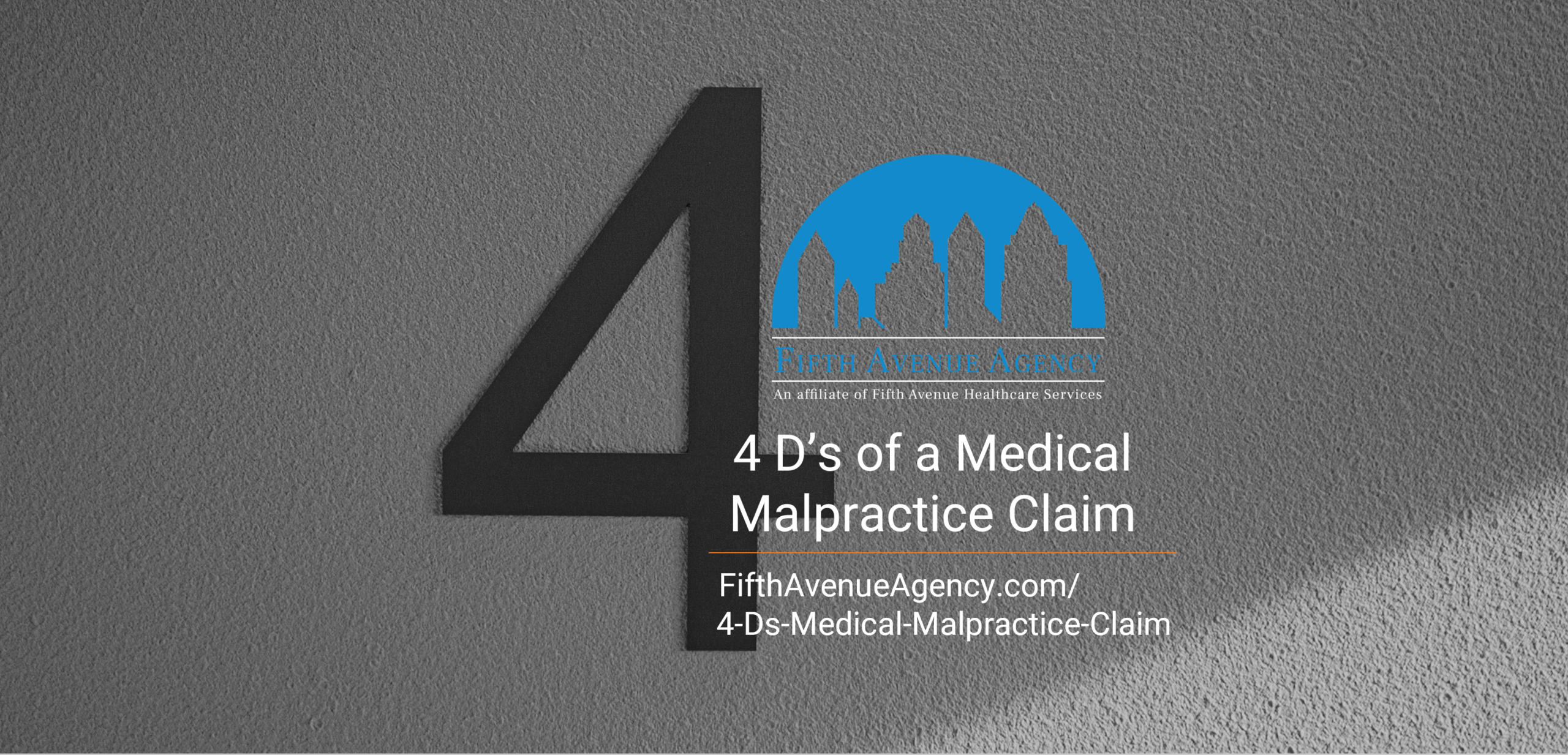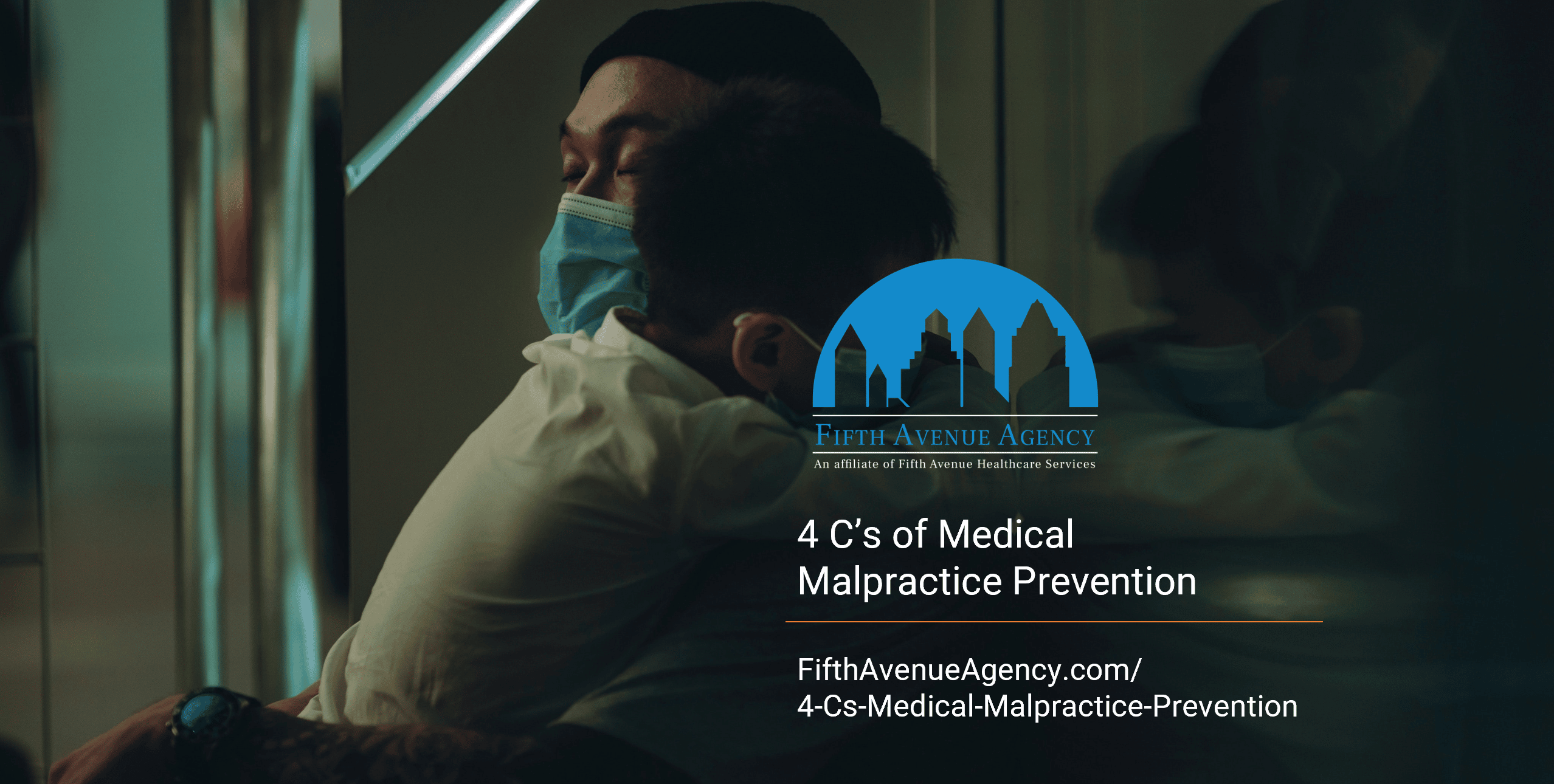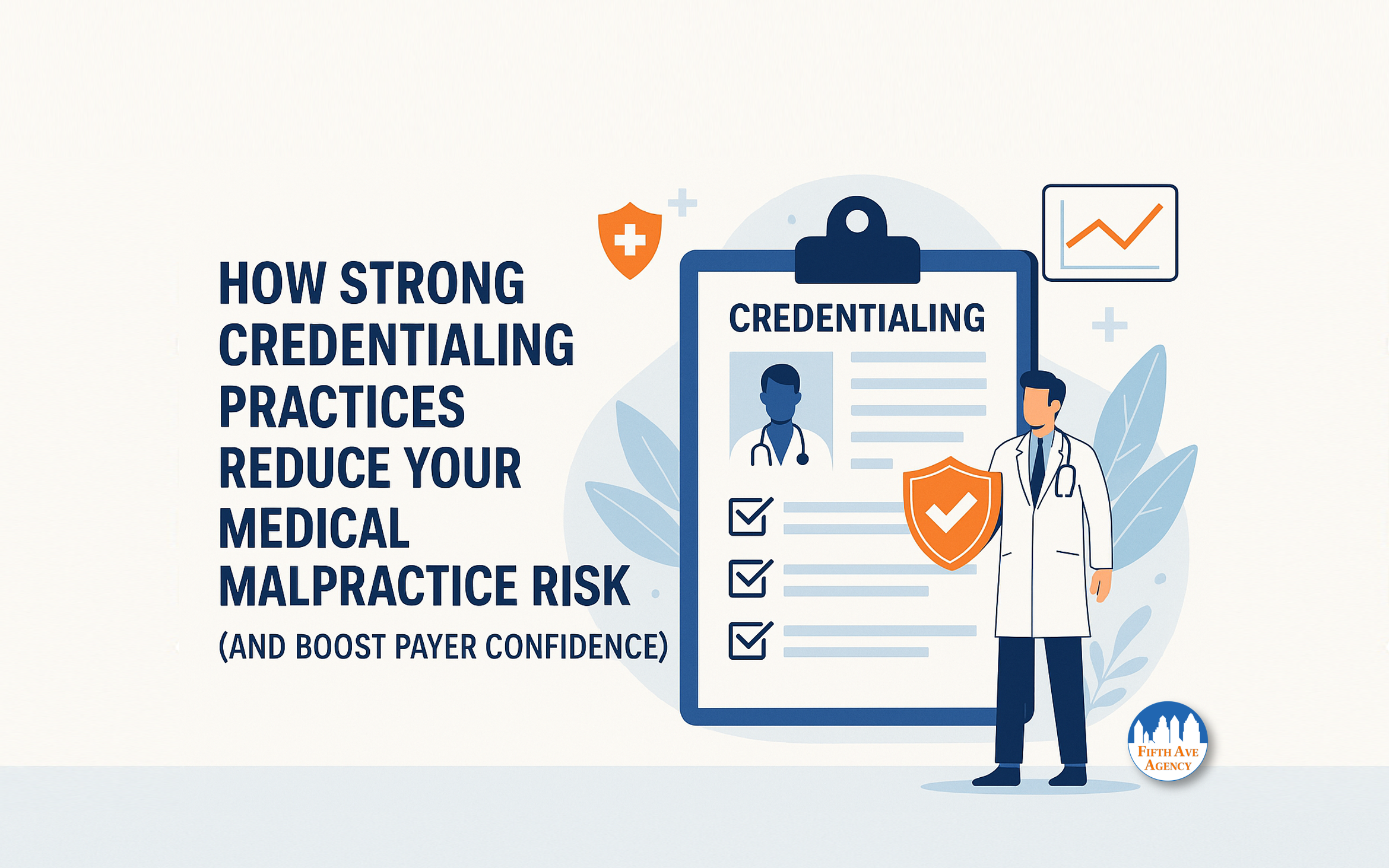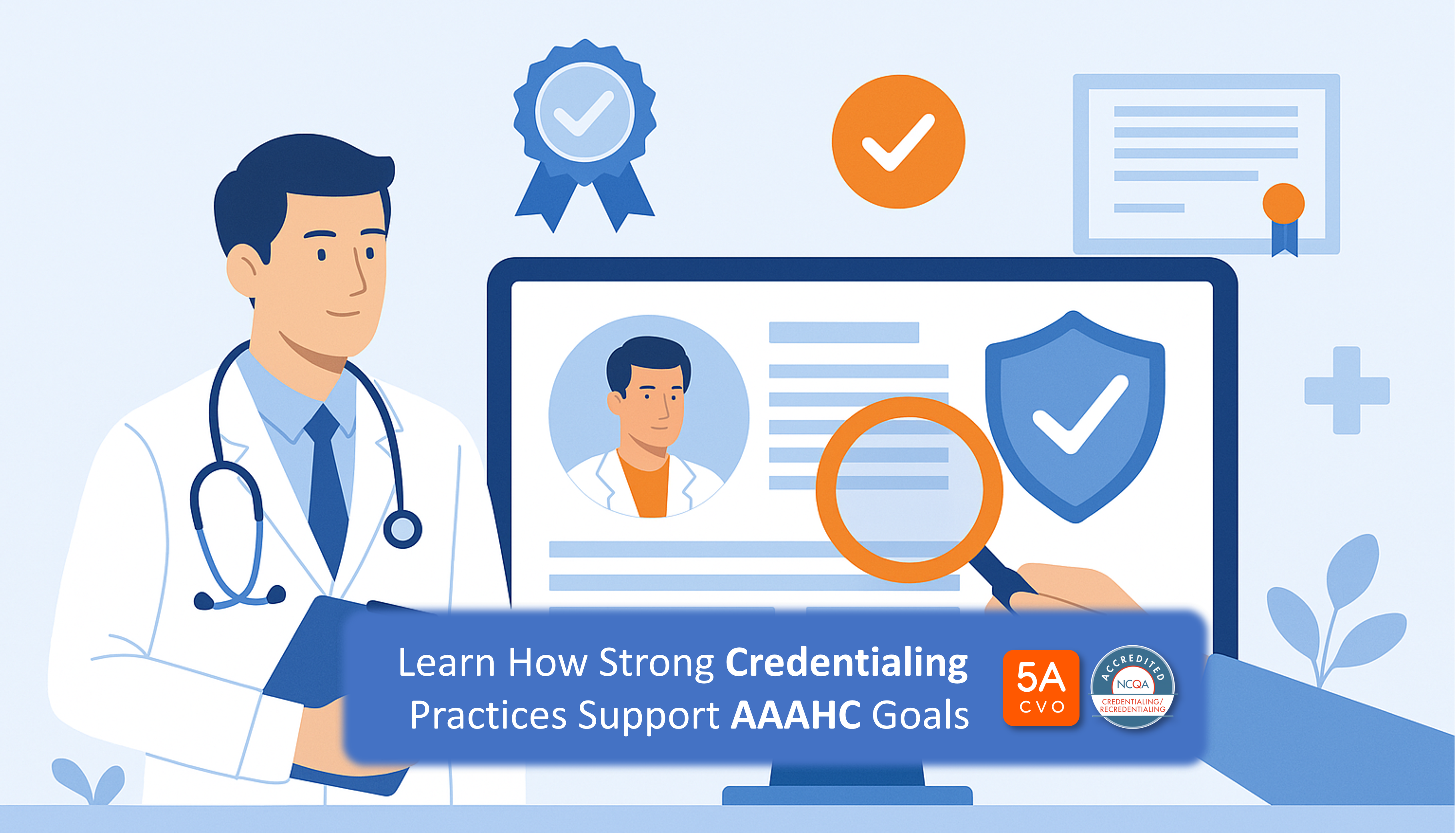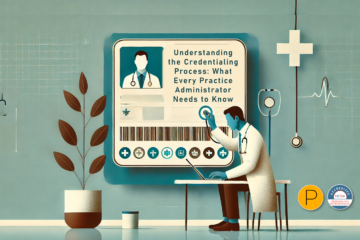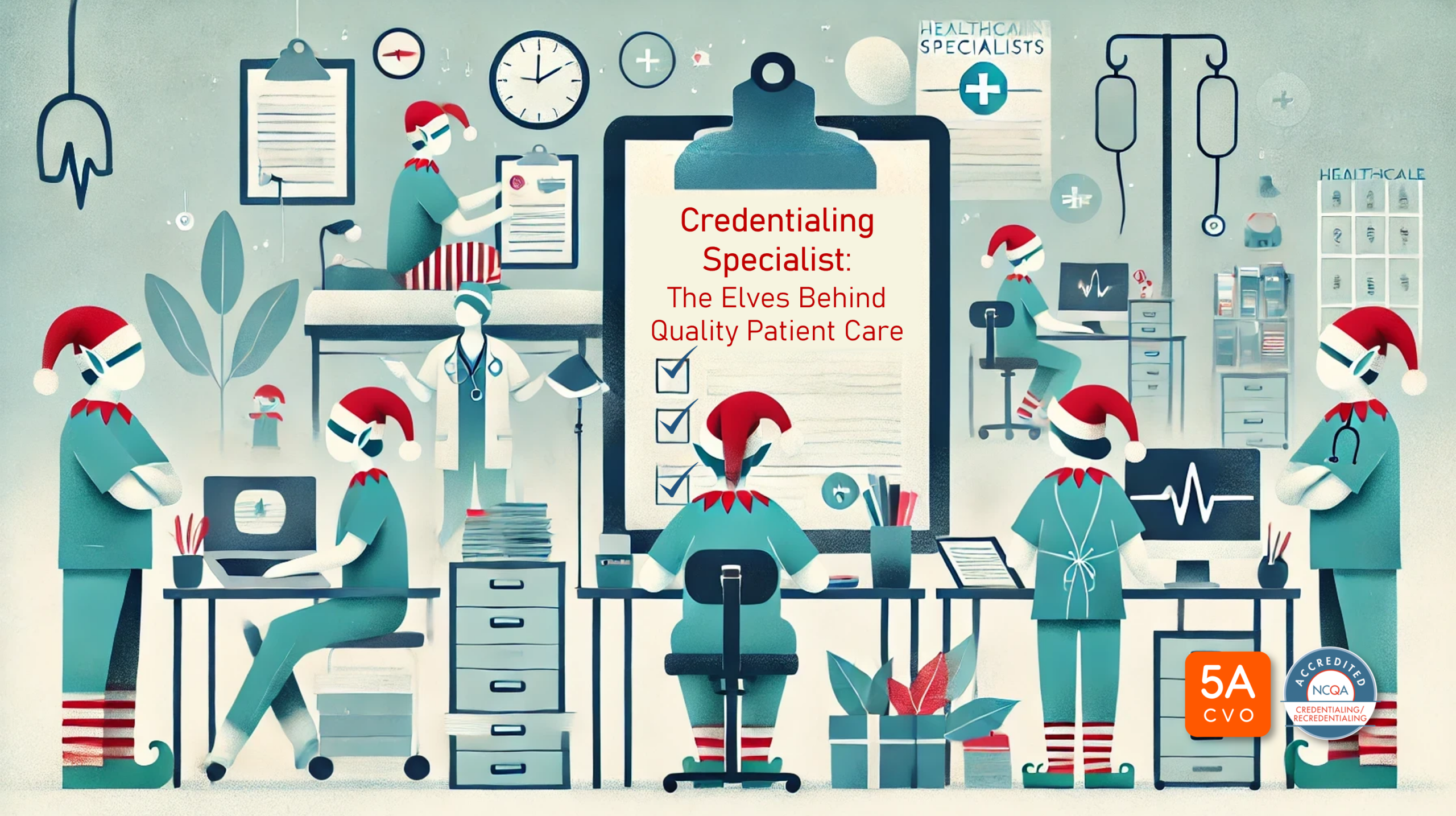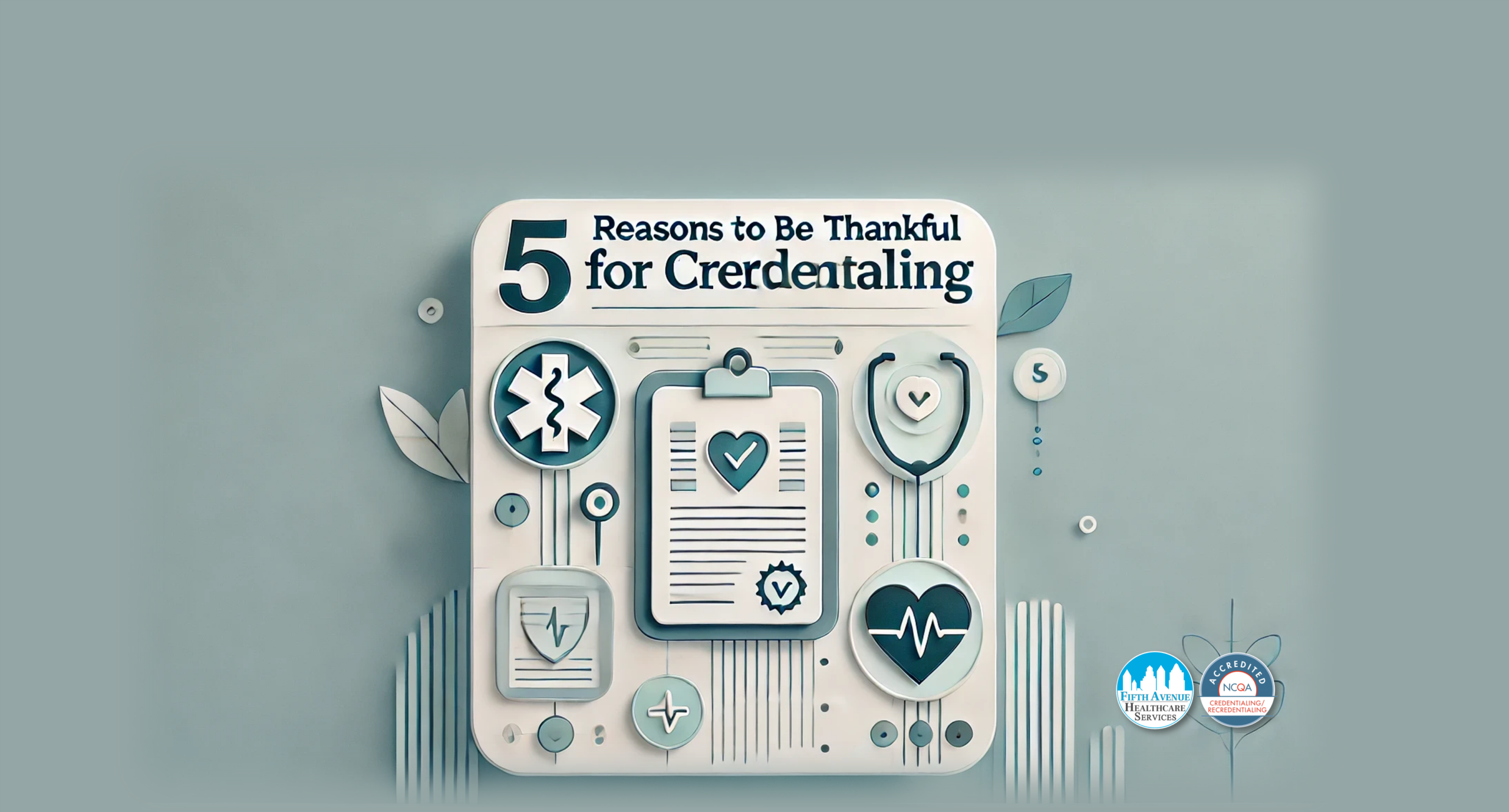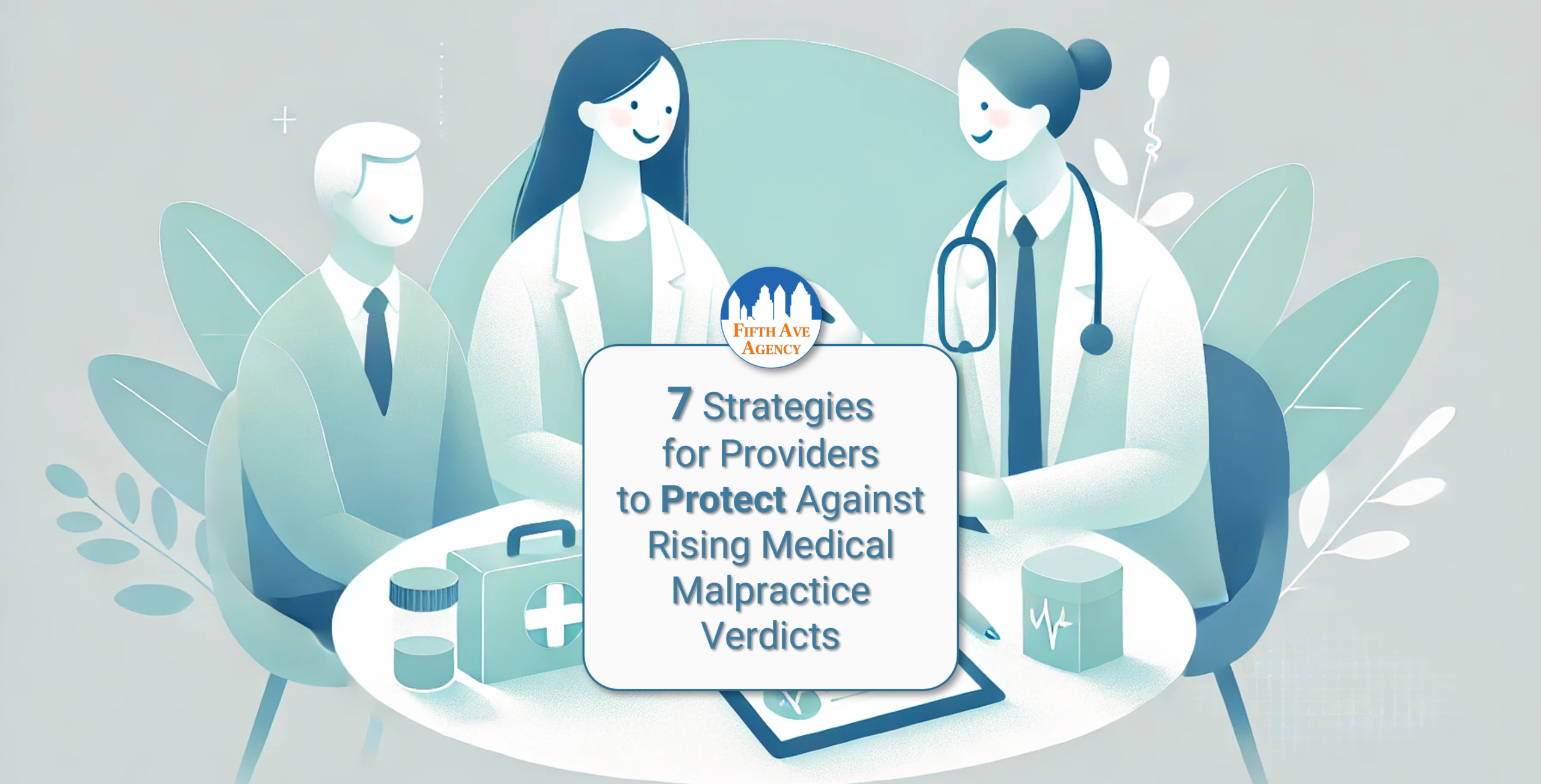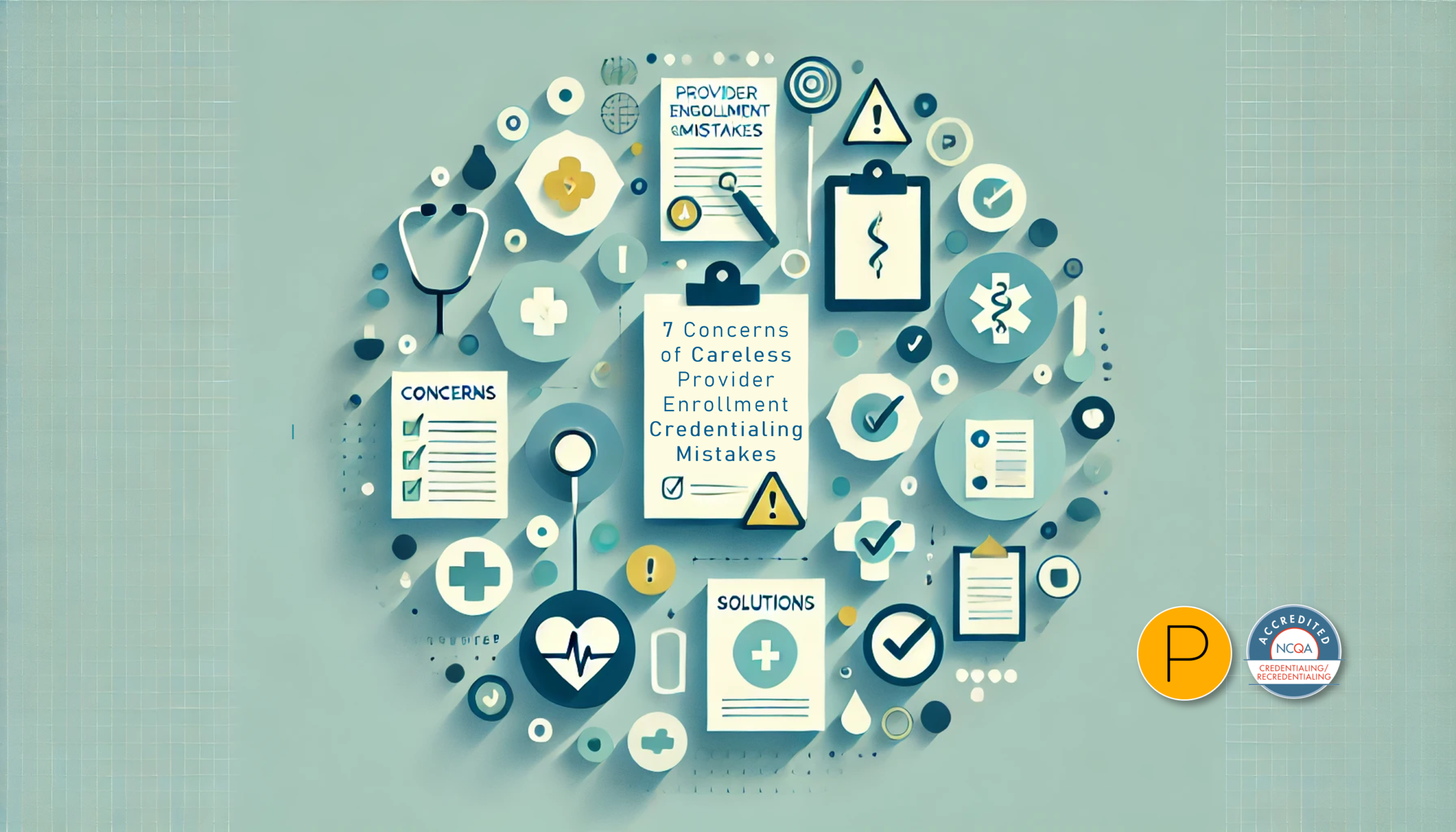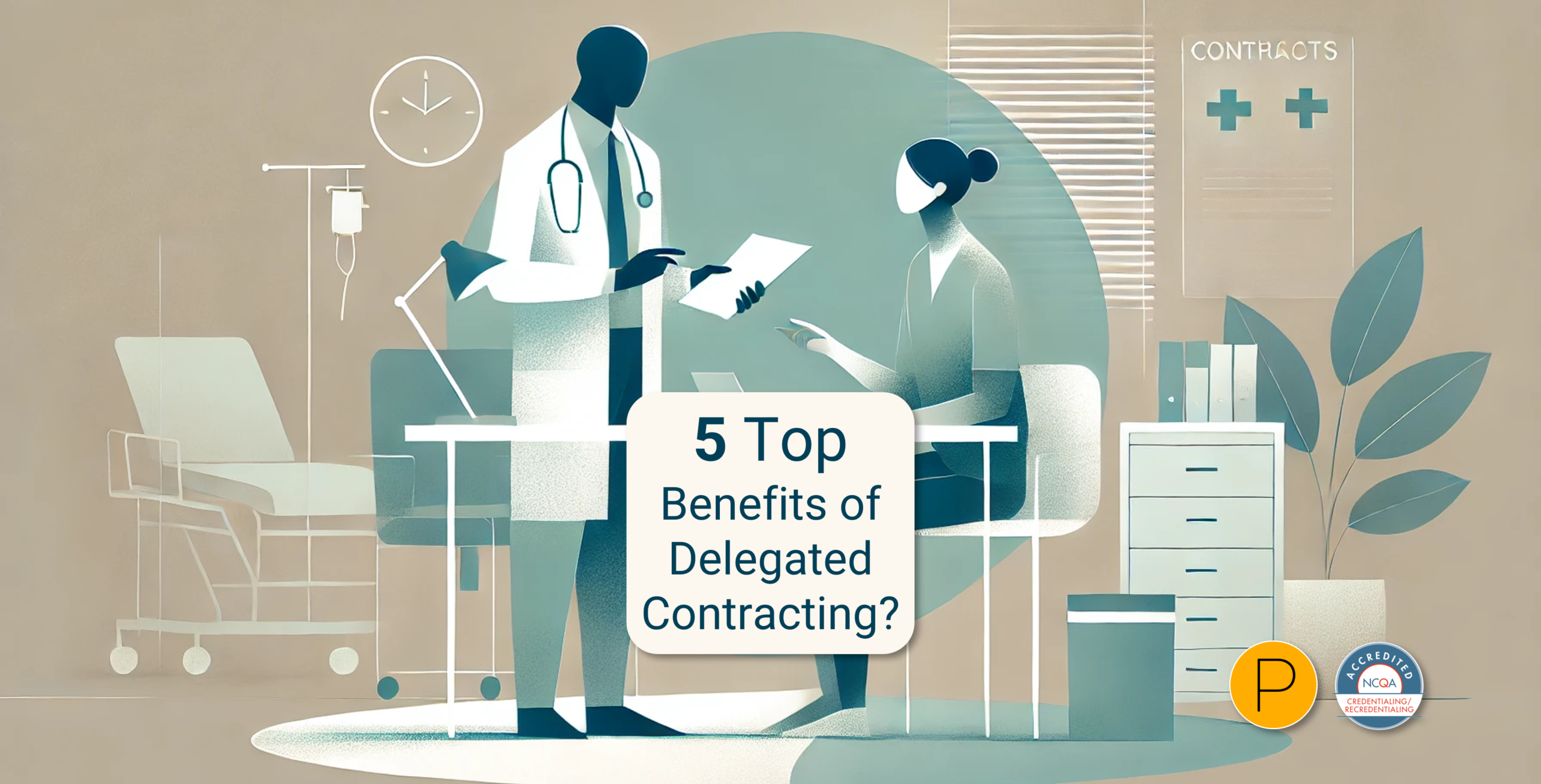Nurses are essential to any healthcare setting. They set up IVs, assist surgeons, record patient data, and more. However, nurses cannot diagnose patients or tell them their impressions. They also cannot perform specific procedures. Even so, nurses are more than bystanders. They work with their physicians and their patients in numerous ways.
Regarding medical malpractice, nurses are no different from other healthcare providers. They are expected to display compassion and competence when they treat patients. Even so, they can make mistakes that harm patients and their livelihoods. When nurses fail to act per the standard of care for their specialty, they can be sued for medical malpractice and held liable. They can be sued just like any other healthcare provider.
Nurse liability is a real issue the healthcare field must deal with. This article will shed more light on the subject to help nurses and their peers understand what they can do to guarantee their patients’ safety.
What Exactly is Medical Malpractice?
Medical malpractice is commonly defined as “a healthcare provider’s negligent act that results in harm to a patient.” A person might claim medical malpractice impacted them if a provider made errors during the diagnosis, treatment, aftercare, or health management processes. Nurses and other providers can be sued if the four elements of malpractice can be proven.
The four elements or 4 Ds of Medical Malpractice include:
- Duty: A professional relationship must be established between the nurse and the patient. Within the relationship, the nurse agrees to care for the patient to the best of their abilities.
- Direct Cause: The injured patient must demonstrate that their nurse’s negligence directly caused their injury. The nurse’s deviation from relevant standards of care must have produced the injury, not an intervening event.
- Dereliction: Patients and their law teams must prove that the nurse caused harm in a way that a more competent person would not have.
- Damages: A patient can only sue if they have undergone harm due to a nurse’s negligence. Examples include physical pain, mental anguish, additional medical bills, and lost earning capacity.
Common Reasons for Medical Malpractice Claims
A Medscape study listed the top 10 reasons for medical malpractice lawsuits, placing the failure to diagnose in the top spot.
The rest of the list includes actions that nurses could be held responsible for:
-
- Complications from treatment or surgery
- Poor outcome
- Failure to treat
- Wrongful death
- Abnormal injury
- Poor documentation of patient instruction and education
- Errors in medication administration
- Improperly obtaining or a lack of informed consent
- Failure to follow safety procedures
Nursing Malpractice Examples
Any of the above reasons that apply to nurses can be grounds for nursing malpractice claims, especially if the four D’s of malpractice can be proven.
Several examples of nursing medical malpractice include:
-
- Failing to communicate with their medical team: Nurses must act or inform their medical team if a situation turns critical. They can be held responsible for their inaction if they do not take the necessary steps or call for help.
- Incorrectly charting a patient’s health history or treatment plans: Failing to record relevant health or drug information can severely injure a patient. Nurses must correctly transcribe orders, document prior treatment plans, a record that medications were administered or discontinued, log drug reactions, and more. They must also record on the correct patient’s chart. Any deviation from proper charting can find nurses negligent in their duties.
- Not monitoring a patient: One of a nurse’s duties is to monitor patients’ conditions. If they notice something alarming, then they should tell the attending physician. If they do not, then they could be held liable for malpractice.
- Misusing equipment: Patients can be injured due to improper equipment use. A nurse can be liable for malpractice if they harm a patient with equipment. Specific instances include cutting the patient, burning them, or leaving an item inside the patient’s body post-surgery.
- Improperly administering medication: Nurses must almost always give patients medicines per the physician’s orders. Not following these orders can injure or kill a patient. Improperly administering medication goes beyond giving someone the wrong drug or dose. Nurses can also be liable if they inject medicine into a muscle, not a vein. Possibly the most frightening example of malpractice is when a nurse gives the wrong patient medication they were not prescribed.
Do Nurses Have the Legal Responsibility to Correct Doctors’ Mistakes?
Although each case differs, nurses who know that a doctor has made a mistake that will likely injure a patient are legally responsible for correcting the error.
Nurses Are Not the Only Ones Who May Be Held Liable
Nurses are responsible for their actions but are held accountable based on certain circumstances.
- A hospital might be responsible if the allegedly negligent nurse is an employee of the hospital, fulfilling a job duty when the patient was harmed, and an independent physician was not in control of the nurse.
- An attending physician could be responsible if they were present during the negligent act and if they were able to prevent the act but did not.
- Even independent hospital contractors may be held liable. For example, based on a recent state’s supreme court ruling, In Minnesota, St. Cloud Orthopedic Associates allegedly failed to diagnose and properly treat the plaintiff after they underwent leg surgery. The plaintiff developed acute compartment syndrome, which can cause muscle and nerve damage and pain. The plaintiff claimed the orthopedic practice’s providers did not promptly diagnose and treat the condition. A prior Minnesota Supreme Court ruling found that a hospital can be held liable for its independent contractor’s negligence. This ruling helped the plaintiff receive a $111 million medical malpractice judgment.
Determining responsibility is essential in dictating who must pay damages: the nurse, hospital, or attending physician.
How Nurses and Other Healthcare Providers Can Reduce Their Malpractice Risk
Steep malpractice verdicts can ruin the lives of nurses and other healthcare providers. Fortunately, several options exist to protect medical workers against costly claims and lawsuits. Providers must follow through on each option to keep their finances and reputations intact.
Reducing Risk By Outsource Credentialing
Healthcare providers must undergo a rigorous credentialing process before they can treat patients.
Credentialing includes a complex series of 52 action items, including:
-
- Certifying medical school internship, residency, fellowship, and affiliations.
- Confirming any Medicare and Medicaid sanctions and exclusions.
- Evaluating medical malpractice claims history.
- Getting a copy of the provider’s current certificate of insurance.
- Investigating primary and out-of-state licenses for disciplinary actions.
- Running a 10-year criminal background check and National Practitioner Data Bank query.
Credentialing is a meticulous job that takes time to complete correctly. In-office staff employees sometimes need additional training or more time to give the process the attention it demands. The risk of making mistakes and skipping steps can result in an unqualified provider being allowed to practice medicine or a capable physician being prevented from working.
Risks aside, in-office staff might sacrifice their other duties to credential their providers. Practice performance can suffer, resulting in unhappy staff and patients.
Outsourcing credentialing to a company dedicated to the process can reduce errors and save providers and their practices time. For example, a company like 5ACVO can reduce the previously-mentioned 52 action items to 6, credentialing providers quickly so they can get to work faster. Fewer mistakes and a swifter process can create additional billing opportunities and peace of mind.
Reducing Risk By Following the 4 Cs of Medical Malpractice
Many malpractice cases could have been avoided if providers displayed sympathy toward their patients, communicated better, demonstrated competence, and charted.
Following the 4 Cs of medical malpractice is a proactive approach that is crucial in mitigating liability risk:
- Compassion: Patients can view compassionate healthcare providers as honest and trustworthy. Patients with negligence claims might be less likely to sue a physician who showed they cared enough to listen and communicate.
- Communication: Listening, explaining diagnoses and treatment plans, and answering questions are vital to proper communication. Not only can communication reinforce the bond between physicians and their patients, but it can also lead to better recoveries.
- Competence: Patients expect a certain level of care when they need medical help. They trust that their physicians know what they are doing. Physicians are responsible for following the standards of care. They must be educated and stay current with emerging healthcare trends and issues.
- Charting: A patient’s chart must have thorough and accurate information so providers can effectively diagnose and treat the patient. Charting oversights and errors can result in incorrect treatment, leading to further harm or death.
Reducing Risk By Having the Right Medical Malpractice Coverage In Place
Insurance companies typically will not offer policies to providers with histories of negligence. However, that does not stop providers from treating patients in some states. Physicians can protect themselves from malpractice claims by having sufficient coverage. They can shop for insurance or team up with a solution from Fifth Avenue Agency to mitigate their medical liability.
If providers choose to shop for medical malpractice insurance, they should invest time and energy into performing their due diligence.
Here are five high-priority areas to review when choosing a medical malpractice insurance carrier:
- The medical malpractice coverage cost: Depending on the specialty, location, and amount of required coverage, medical malpractice insurance costs can be expensive. Higher-risk specialties understandably carry more costly rates than family practice physicians. States with numerous medical malpractice claims might require their customers to pay more.
- The medical malpractice policy limit: The coverage amounts for a given policy period are usually shown as “per claim” and “aggregate.” The per-claim amount is what the carrier will pay out for each claim. The aggregate amount is what the carrier will pay during the policy period. A carrier can pay for multiple claims in a policy period if they do not exceed the aggregate amount.
- The percentage of the carrier’s claims closed without payment: Litigation can be protracted and expensive. A carrier that can prevent lawsuits from going to court shows how effectively it protects its insured’s best interests.
- The carrier’s trial win percentage: Providers should look for a carrier to win their cases when lawsuits go to court.
- The carrier’s A.M. Best rating: An A.M. Best rating calculates a carrier’s ability to pay its debts. A carrier that can cover its obligations should be able to pay out if it loses a medical malpractice lawsuit.
Summary: Do Nurses Need Medical Malpractice Insurance?
Some states and employers require nurses to have the proper liability coverage. In addition, a nursing malpractice judgment can cripple a nurse’s finances. The National Practitioner Data Bank’s Data Analysis Tool reported that nursing malpractice judgments for the last six years had totaled $1.4 billion+. The same report found that nurses have been responsible for 50%+ of malpractice claims since 1990.
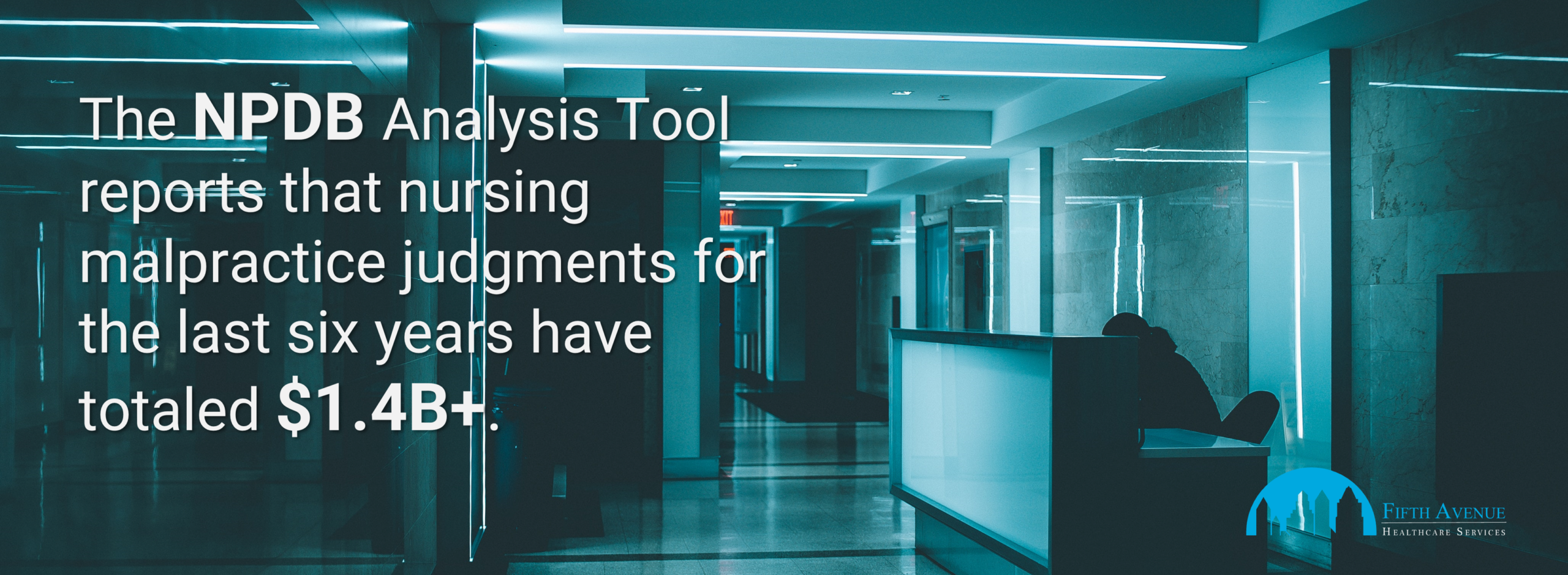
The need for coverage is evident. Nurses should obtain affordable malpractice insurance wherever they work, even if it is not required. Uninsured nurses fortunate enough to gain employment can see damages taken from their assets. Even if the claim is proven false, the legal costs can send nurses into a spiral of bankruptcy. With most healthcare providers facing a malpractice claim by age 65, insurance can be the only thing that separates nurses from financial ruin.
You can always find nurses on the front lines of healthcare. Their duties are essential. As such, they must take precautions to protect themselves, their practices, and patients from harm. With companies like Fifth Avenue Agency ready to help, nurses and other healthcare providers have no excuse to limit their liability risk.
More information about Fifth Avenue Agency
Fifth Avenue Agency specializes in MPLI and medical malpractice insurance, serving thousands of providers nationwide. It is part of the Fifth Avenue Healthcare Services family. Sister companies include 5ACVO (credentialing and primary source verification specialists) and Primoris Credentialing Network (credentialing and provider enrollment specialists with 54+ health plans and network provider enrollment options).
This article was initially published by Fifth Avenue Agency here. For information on Fifth Avenue Agency, visit FifthAvenueAgency.com or Contact Us.



